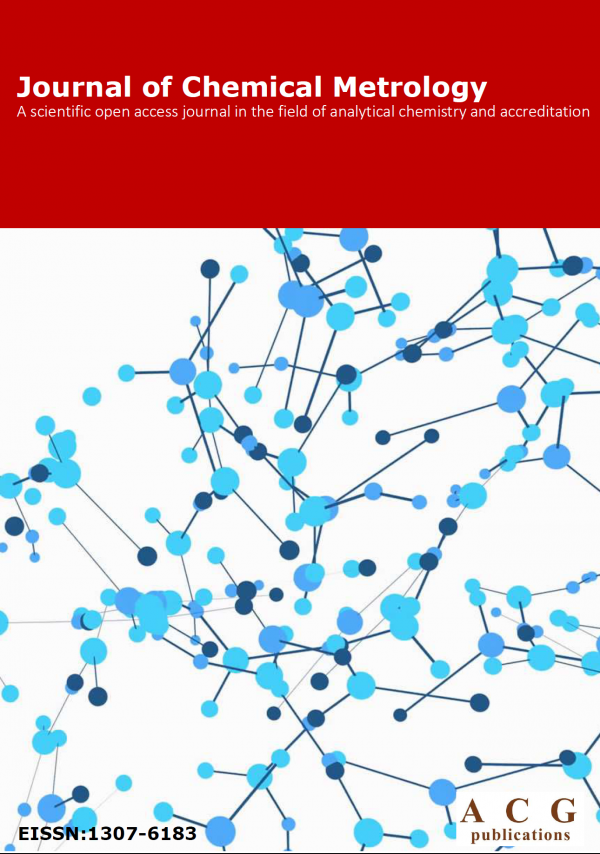Journal of Chemical Metrology
Year: 2014 Volume: 8 Issue:1
1) Comparison of measurement uncertainty estimates using quality control and validation data
A study was organised where consistency of measurement uncertainty estimations between laboratories in Finland, Sweden and Estonia was surveyed. For all laboratories a file was delivered containing the same set of fictional quality control and validation results for the measurement of total nitrogen in waste water. The laboratories were asked to evaluate the measurement uncertainty using quality control and validation data with the Nordtest approach, using the free MUkit software for measurement uncertainty estimation developed by SYKE. A total of 21 laboratories participated in the survey. Attention was paid to handling of the data, e.g. selecting the concentration ranges for uncertainty estimation, choosing the appropriate approach among those proposed in the Nordtest guide used for uncertainty estimation, choosing the way in which the uncertainty was reported (absolute or relative) and the outcomes of the measurement uncertainty estimations. Most of the laboratories estimated measurement uncertainty for more than one concentration range. The majority also reported measurement uncertainty in relative numbers, even in the low concentration range, where it is advised for most instrumental methods to perform calculation with absolute values. As measurement uncertainty was reported as relative values, it was heavily underestimated at the lowest concentration levels. However, the measurement uncertainty estimates were consistent between the laboratories, and variability of relative uncertainty estimates was small (within ± 2% units from the average value). This indicates that with the same data and with the unified uncertainty estimation approach, laboratories are able to achieve the same expanded measurement uncertainty. Therefore, the unified estimation of measurement uncertainty is a way of improving the comparability of analysis results between laboratories.
Keywords Measurement uncertainty Nordtest approach Survey MUkit Quality control Validation DETAILS PDF OF ARTICLE © 2014 ACG Publications. All rights reserved.2) Proficiency testing for determination of metals in tomato paste
In this study, the mass fractions of Cd, Cu, Fe, Pb, Sn and Zn in tomato paste were determined by high resolution inductively coupled plasma mass spectrometry (HR-ICP-MS). For this purpose, samples were digested with mixture of HNO 3 (65 %, w/w), HCl (30 %, w/w) and H 2O 2 (30 %, w/w). In order to validate a method, some parameters such as limit of detection and quantification, linear range, repeatability, intermediate precision and recovery were investigated. The mass fractions with uncertainties of Cd, Cu, Fe, Pb, Sn, and Zn in the tomato paste with uncertainties were (5.12 ± 0.28) mg/kg, (11.94 ± 0.27) mg/kg, (64.40 ± 3.61) mg/kg, (5.31 ± 0.39) mg/kg, (25.72 ± 0.61) mg/kg, (39.19 ± 1.27) mg/kg, respectively. Homogenized samples were sent to different laboratories for proficiency testing (PT) that was organized in order to evaluate the results and to control the quality of laboratories. As a result of the PT schemes, the participating laboratories can compare their analytical results with those from other laboratories and can improve their method for better measurement accuracy and reliability of their results.
Keywords Metal tomato paste external quality control proficiency testing HR-ICP-MS DETAILS PDF OF ARTICLE © 2014 ACG Publications. All rights reserved.